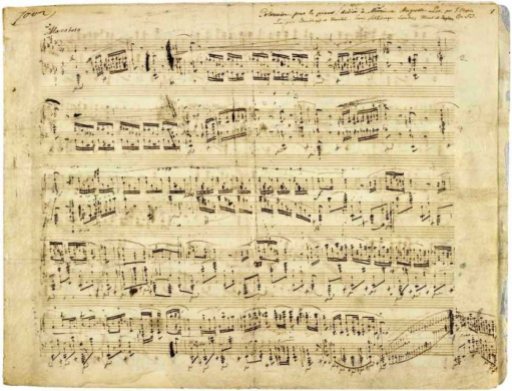Study Piano Artistry in Boca Raton
Mastering Piano Artistry-Each Note is a Jewel/Star

‘Each note in a composition should be polished until it is as perfect as a jewel…those wonderful scintillating, ever-changing orbs of light. In a really great masterpiece each note has its place just as the stars, the jewels of heaven, have their places in their constellations. When a star moves it moves in an orbit that was created by nature.
Great musical masterpieces owe their existence to mental forces quite as miraculous as those which put the heavens into being. The notes in compositions of this kind are not there by any rule of man. They come through the ever mystifying source which we call inspiration. Each note must bear a distinct relation to the whole…’
Vladimir De Pachmann
Frédéric François Chopin the Artist
“Chopin comes before us, then, as a man of extremely complex make-up, and there is no easy solution to the problems which his personality and the music through which it was expressed present to his modern interpreter.
One can only approach him by sweeping aside the clutter of trivial romantic legend which has accumulated around his name and his works. When all the sentimentality, pathos, patriotic fairy-takes and garbled ‘memories’ have been cleared away he appears in simple dignity as Thomas Carlyle saw him in 1848-a great artist and ‘a noble and much suffering human being’. He was more than any other musician of his period the ‘artist’ in that word’s most absolute sense. His mind was never diverted from its single, absorbing preoccupation by any chasing after will-o’-the wisps in the field of literature, the visual arts, politics, social questions or abstract theorizing. To some it will seem a weakness that he should have lived in a world of upheaval and rapid change without ever allowing himself to be ‘committed ‘or ‘engaged’, as our modern jargon puts it. Yet it was therein that his strength lay.
He was dedicated to the one task of exploring the world he new best -that of his own heart and imagination; and in giving shape to what he discovered within himself it turns out that he was embodying in his music those unchanging essentials of feeling which ordinary inarticulate humanity recognizes but cannot express for itself. In limiting himself to the piano he in no way crippled or tied down his genius, for by his natural affinity with his instrument he was provided with a sufficient outlet for the wealth of sensibility with which his double inheritance had endowed him…”
Arthur Hedley
Study Piano Performance in Boca Raton & West Palm Beach
The Art of Fugue
In order to analyze, appreciate and comprehend the musical form called fugue, one must first know the various elements that comprise a fugue.
Every fugue has its own individual characteristic, which display a full range of human emotions. From peacefulness and tranquility to anguish and despair. JS Bach used rhythms, motives as well as melodies and harmonic movement to capture all of these human emotions. Bach used the temperaments of the different keys to establish the mood of each prelude and fugue. These same tonalities are also clearly defined in his choral works as well. Bach was acutely aware of symbolism in art and religion and used it extensively in his works and was well aware of the subtle subliminal effect it has on the listener in addition to the harmonic progressions, melodic intervals, rhythmic motives and patterns.
Bach very adept in the understanding of numerical symbolism, used numerical codes…
View original post 445 more words
Are Pianists the Super-Athletes of the World?

Learning Strategies for Musical Success

Physiologist Homer Smith cites skilled piano playing as one of the pinnacles of human achievement because of the “demanding muscle coordination of the fingers, which require a precise execution of fast and complex physical movements”. This remarkable human ability provides an insight into the power of the brain. Consider Frédéric Chopin’s popular but challenging Fantaisie-Impromptu. This work requires playing approximately nineteen notes per second. The performer must learn these notes to such an extent that conscious attention to them is virtually no longer necessary. This is the aim of any playing of music—to render the technical demand to an almost unconscious level. Daniel Levitin says, “Plain old memorization is what musicians do when they learn the muscle movements in order to play a particular piece”. Much of this repetitive practice routine is more or less an algorithmic task. There’s nothing particularly creative about learning the motor mechanics of a phrase…
View original post 308 more words






























